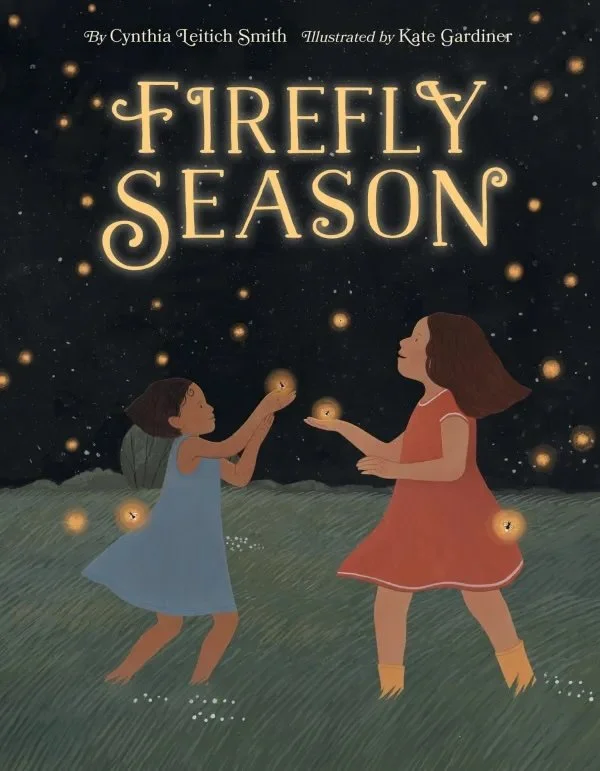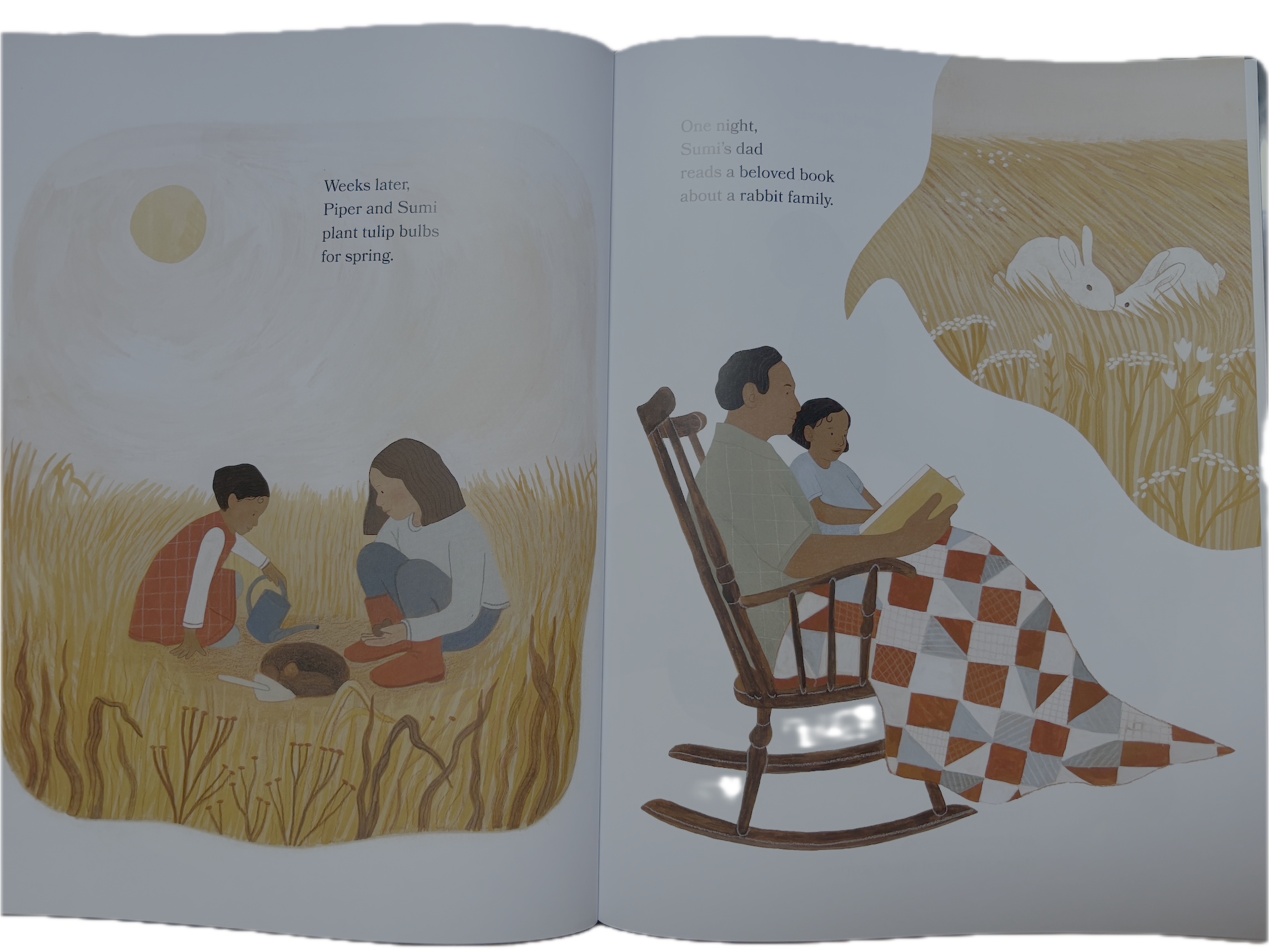Process Talk: Cynthia Leitich Smith on Firefly Season
Among the many voices bringing contemporary Indigenous stories to young readers in North America, one narrative has been conspicuous in its absence. By that I mean stories of relationships between Native American or First Nations characters and those from India—children with very different origins and histories, from very different places on the face of our planet. yet sharing a moniker that is a bitter kind of joke, bestowed upon many diverse communities by the circumstances of colonization. So when I heard about Firefly Season (Heartdrum) by my dear friend and colleague Cynthia Leitich Smith, I knew I'd want to hear more from her about the making of this book.
[Uma] Here’s an Indian-to-Indian story that no one to my knowledge has ever told. What made you pick this particular friend, this particular relationship, for your Piper? Tell me the story behind this story.
[Cynthia] Firefly Season is a combination of deep friendships from my young life. I grew up as an only child, but from a very young age, I chose the younger girl next door as my sister. I had about three years on her, but we were bonded for life. I taught her how to read and ride a bike, and we remain sisters to this day. Eventually, I moved neighborhoods from the Missouri to the Kansas side of the KC metropolitan area, into a neighborhood with a significant Indian American population.
Among those who became dear to me was a young girl for whom I babysat from 7 a.m. to 6 p.m. (while her parents were at work) over summers. I grew close to the family, and they had a huge impact on my pursuing graduate education as a first-generation college student. For most of my writing career, I tried to tell stories inspired by each of these relationships, but it was when I combined them that everything fell into place.
“This is no friendship of circumstance or convenience. They are not the expected pair. They are committed by a profound choice of the heart.”
[Uma] That explains so much about why you chose this framing, when children's friendship stories are most often about friends who are the same age. Here, Piper, missing her Elders, enters into a new friendship with Sumi, who is 4 years old to Piper's 7. Where did this lead you in developing this story?
Author Cynthia Leitich Smith at the National Museum of the American Indian in Washington, D.C. Photo by Christopher T. Assaf.
[Cynthia] As you say, Piper is far from an Elder, but she is older than Sumi and takes her role as chosen big sister very much to heart. Their relationship mirrors those I had with the real-life Sumi and Kathryn, growing up. It also creates a tenderness between the characters. This is no friendship of circumstance or convenience. They are not the expected pair. They are committed by a profound choice of the heart.
[Uma] I found particularly satisfying the idea that hospitality is circular, that our circles can grow, that one set of relationships need not displace another. Did you intend to create circularity in this story or did it emerge naturally? And what does it mean to you?
[Cynthia] A circular structure, a sense of balance and reciprocity, these are all hallmarks of Indigenous values and writing.
[Uma] Finally, talk about the titular fireflies and the role they play.
[Cynthia] The fireflies are light gifted by the Creator, as is seemingly this opportunity of sisterhood. They also reoccur year after year, but only if we maintain the environment to protect them as we must maintain our ties to our loved ones.
Firefly Season by Cynthia Leitich Smith (Muscogee) is illustrated by Kate Gardiner (Nipmuck) with memorable contrasts of light and shadow, the crisp flatness of gouache and the elegant use of white to delineate the fireflies, making their wings pop brightly against the golden glow of colored pencil work. A luminous book for many seasons.


